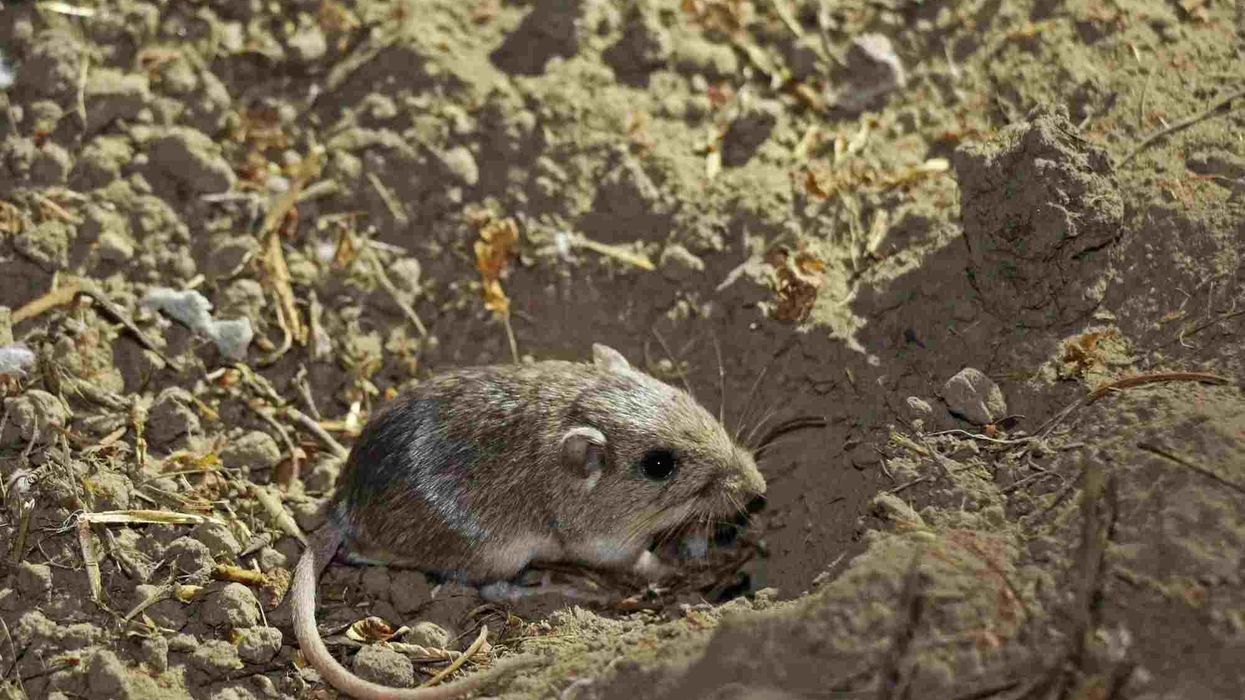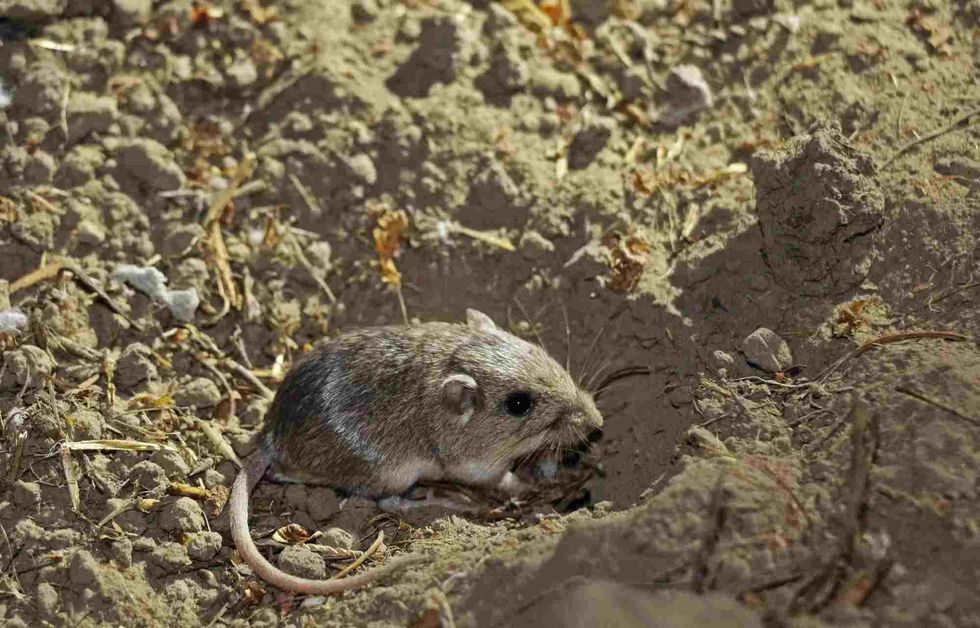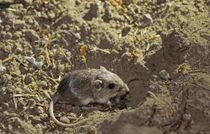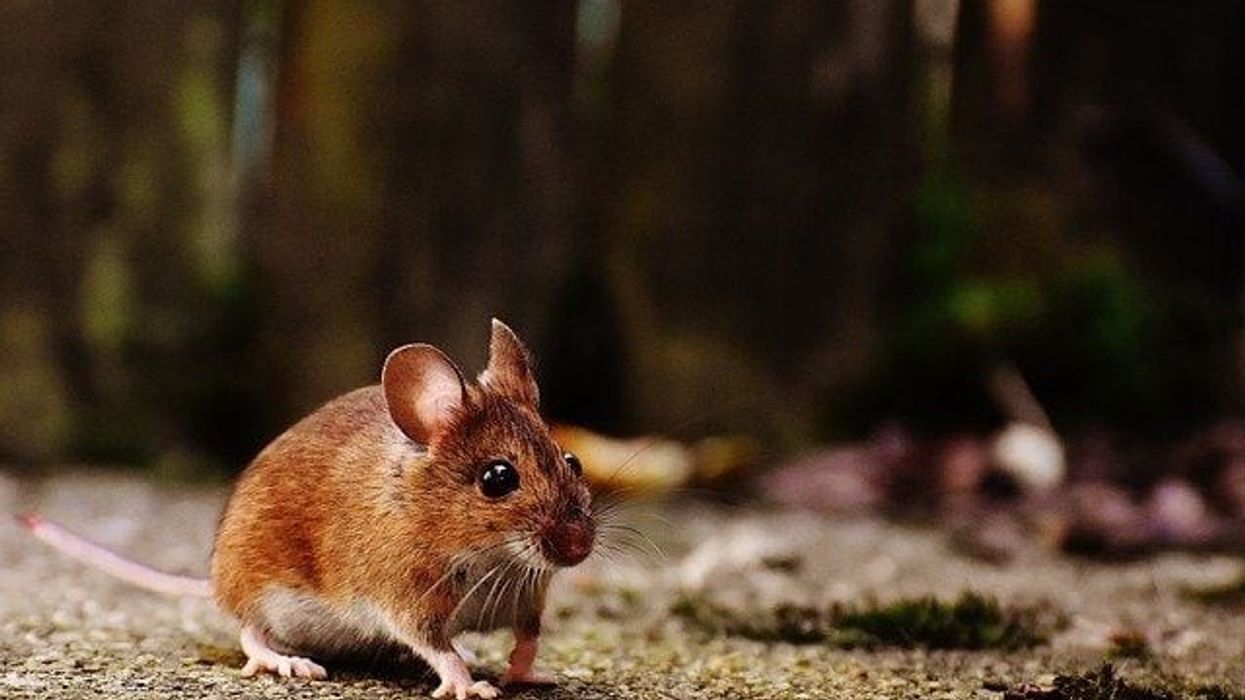The little pocket mouse (Perognathus longimembris) completely justifies its name. This pocket-sized mouse of the family Heteromyidae is found in the southern deserts of USA and in places such as California and Mexico. The small body and long tail of this species makes it almost impossible to spot.
These rodents are nocturnal which means that their activity is only seen during the night time. Interestingly, these animals sleep during the winter months of the year instead of hibernating, and during the spring and summer months, it breeds inside a burrow or nest.
This plant and seed-eating species is sure to amuse you. For more relatable content, check out these gerbil facts and black rat facts for kids.
Little Pocket Mouse Interesting Facts
What type of animal is a little pocket mouse?
As the name suggests, the little pocket mouse is a mouse.
What class of animal does a little pocket mouse belong to?
The class of animals that the Perognathus longimembris (little pocket mouse) is associated with is mammals, much like humans! Although, there are obviously a wide array of features that sets these rodents apart from other mammals.
How many little pocket mice are there in the world?
We do not know the exact number of little pocket mice in the world, however, the conservation status of this rodent suggests that the population size is quite stable and that we should expect their presence in the United States of America for a long time.
Where does a little pocket mouse live?
The little pocket mouse habitat consists mainly of southern deserts. The habitat may also extend to tropical and subtropical grasslands and sagebrush, where these animals find ample food to eat during the night time since they are nocturnally active.
What is a little pocket mouse's habitat?
The little pocket mouse range is spread all over parts of Baja California, Sonora, Mexico, California, Utah, Arizona, and Nevada. They are year-long residents of such places and are not known to take up long journeys.
Who do little pocket mice live with?
Little pocket mice are known to be solitary rodents and these animals usually live in a burrow. They leave the burrows at night and scour out in the open for grains and small invertebrates to feed on.
How long does a little pocket mouse live?
The average lifespan of the little pocket mice rodent species is around eight years.
How do they reproduce?
The little pocket mouse (Perognathus longimembris) is a viviparous species which means that they give birth to young ones in the same way as humans.
The breeding season continues during the spring and summer season, and is at a peak during March to May. Female little pocket mice give birth to the babies in a nest that is made out of green grass or any material that is readily available to them within their habitats.
Whether or not both the male and female parents stay together to take care of the little pocket mouse baby is unknown.
What is their conservation status?
According to the IUCN, the conservation status of the little pocket mouse (Perognathus longimembris) is Least Concern. This means that the population size of this species of rodents is fairly stable and that their habitat faces no immediate threat of degradation.
Little Pocket Mouse Fun Facts
What do little pocket mice look like?
Little pocket mice have a small brown body with black or dark brown streaks or pigmentation. The feet are small and the tail can be quite long in this species.
*Please note that this is a Pacific pocket mouse and not a little pocket mouse. If you have an image of a little pocket mouse, let us known at hello@kidadl.com.
How cute are they?
While you may choose to completely disagree if you are afraid of mice or if you find them to be pests, this tiny species of little desert pocket mouse is very cute.
How do they communicate?
The little pocket mouse sound is typical of the family of Heteromyidae. The call of this species sounds somewhat like a squeak, and if you have been anywhere near desert or coastal areas near California or any other of the habitats preferred by this small rodent, you must know exactly what we are talking about.
How big is a little pocket mouse?
The little pocket mouse male and little pocket mouse female have similar features and are indistinguishable from their appearance. The average length of this species has a range of 2.4-3.5 in (6-9 cm). These rodents found in the open southern deserts are half the size of a dormouse and a white-footed mouse is thrice the size.
How fast can a little pocket mouse move?
Little is known as to how fast the little pocket mouse (Perognathus longimembris) can move or the range of their speed. However, we do know that during the early hours of the night these mice show maximum activity. This species is nocturnal and scours for seeds and material fallen off from any plant found in their natural, dry habitats.
How much does a little pocket mouse weigh?
The average weight range of the little pocket mouse (Perognathus longimembris) is 0.2-1.1 oz (5-30 g). A little pocket mouse weighs approximately the same as a wood-mouse.
What are the male and female names of the species?
There are no distinct names for the male and the female little pocket mice species (genus Perognathus). We can call these eaters of seeds, a male little pocket mouse and a female little pocket mouse.
What would you call a baby little pocket mouse?
There are no distinct names for a juvenile little pocket mouse. We lovingly refer to these desert-dwelling juveniles as babies.
What do they eat?
The diet of the little pocket mouse species (genus Perognathus) consists mainly of seeds and other dry plant parts. These seeds and other edibles are easily found within its natural habitat.
Are they dangerous?
There are no instances or records that would suggest that these animals are dangerous. While their night-time activity range may scare you a little, they pose no threat to humans or any other animal species. They are in fact preyed upon by animals such as snakes.
Would they make a good pet?
While they are hardly considered as a pet by people that inhabit the areas around their natural habitat, it is fairly simple to have this rodent as a pet. Its small body will hardly take up any space, and its dietary range is easy to procure.
However, their night-time activity may give you something to think about as they will not be awake when you are!
Did you know...
The little pocket mouse is a desert-dwelling species and prefers to live around dry sagebrush or sage scrub in the coastal range too.
The breeding season of these rodents extends from spring and goes on throughout summer.
A little pocket mouse would live in a burrow excavated in the midst of their natural habitat.
Little pocket mice are active during the night. They are active during the warm parts of the year, after which, they go to sleep. They sleep throughout winter and enter into a torpid state, however, they do not hibernate.
What environment do little pocket mice live in?
The range of habitat that little pocket mice of the genus Perognathus prefer includes deserts and scrublands. In the dry areas of Mexico and California, the little pocket mouse can be seen to flourish.
What the difference between a little pocket mouse and a common mouse?
The common mouse or house mouse is more dangerous compared to the little pocket mouse. House mice have sharp teeth built for predation, while the little pocket mice only have teeth that suit eating plant parts and seeds.
Here at Kidadl, we have carefully created lots of interesting family-friendly animal facts for everyone to discover! Learn more about some more mammals from our gopher facts and hoary marmot facts pages.
You can even occupy yourself at home by coloring in one of our free printable hispid pocket mouse coloring pages.









